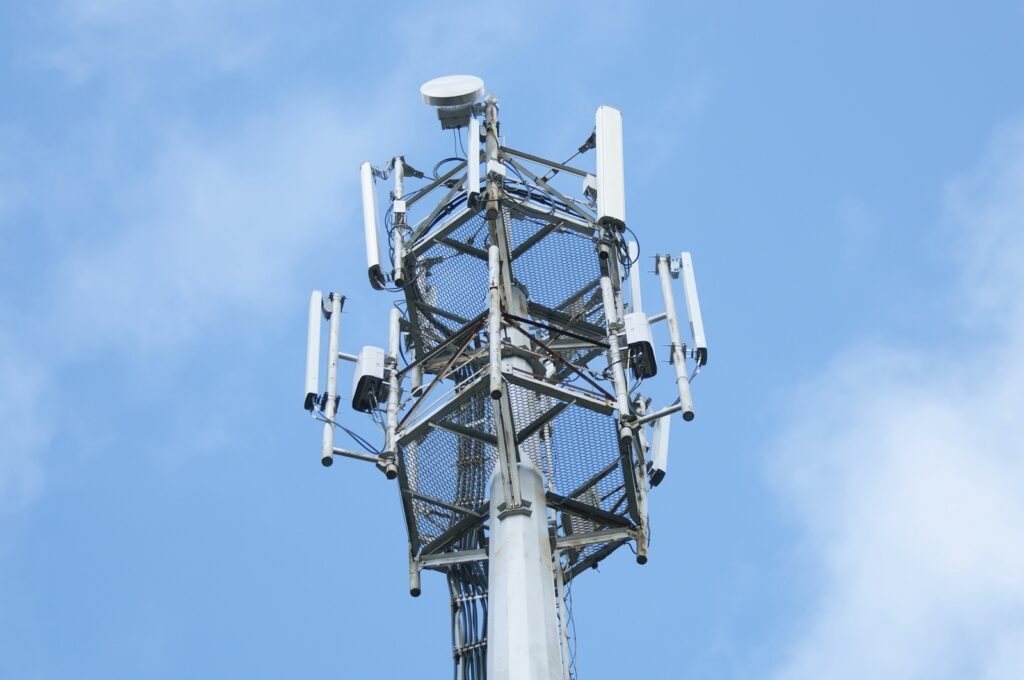Telecom Surge Protection
For most cell phone customers, the telecom world is a bit of a mystery. They have grown to expect their phones to work in almost any circumstances, and will frequently complain if they do not have a clear signal even in the most remote of areas. They have also become used to data transfer rates that resemble wired devices, as the big cellular carriers have gone to such great lengths to provide total coverage in most areas with the fastest networks available. This competition is good for consumers, who benefit from the understanding by telecom companies that if customers are not happy with service in their primary area of usage, the process of voicing that dissatisfaction is as simple as switching providers. The competition levels are so high that many providers will go as far as to buy out the remainder of a customer’s contract with another provider, if that customer is willing to switch to them. One thing that is an interesting aspect of the discussion, however is that a customer’s satisfaction with service is mostly due to the actual physical area that he/she lives or works, due to the fact that most people spend the majority of their time in that area. Each network operates at much the same levels, and customer satisfaction, if all other things are considered equal, might boil down to whether there are enough cell towers in a general vicinity so as not to provide gaps that might be no more than a block or two wide. Because we will see very little residential usage of wired telephone systems at this stage, emergencies are another area of issue. To be able to call emergency services from home, where the majority of issues take place, is critical. For this reason, telecom providers are in a constant expansion mode, attempting to provide a blanket of coverage that will not have even a few feet of dead area, especially during times of inclement weather when emergency call necessity is highest. Few customers may understand that the weather itself does have a very real effect on their cellular service, and it may not be the fault of the company if they cannot connect to their network periodically.
Lightning strikes to cellular towers are common, so much so that cellular providers go to great lengths to protect the equipment in their towers from lightning strikes. Their reasons in doing so are twofold, first and foremost to protect the investment in the equipment that can be damaged by lightning, and second to protect their customer’s satisfaction by not having network downtime if and when a specific tower is struck. Because cell towers are generally the tallest man made structures in an area, they are at high risk of being struck by lightning sooner or later. The lightning strike will provide damage at the point where it hits obviously, and also will damage nearby connected equipment through the power surge that follows. This surge is easily coupled into data and power lines that connect the equipment at the tower top with the equipment at the bottom and further away, this equipment also capable of being damaged when the surge overwhelms the circuitry. Companies will outfit their tower setups with telecom cell site surge protection devices, these electrical protection systems are designed to minimize damage as well as keep networks service available. The customers do not care about the excuses of a lighting strike being an act of God, and that technology to prevent strike damage is limited. They just want and need to connect to family, friends or emergency services when they need them. If you have never experienced this type of issue, it is probably due to your provider integrating Strikesorb, the best surge protection device possible for network protection.

